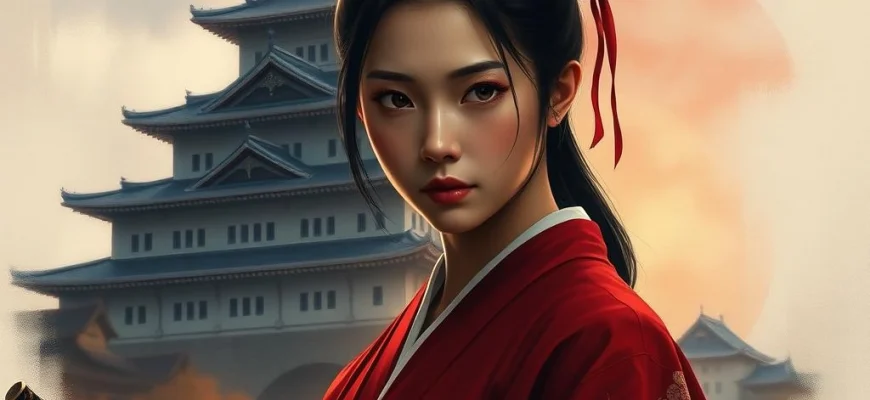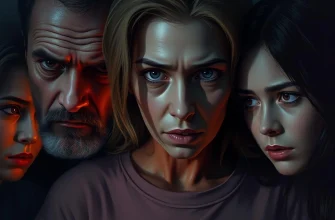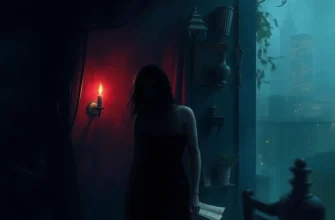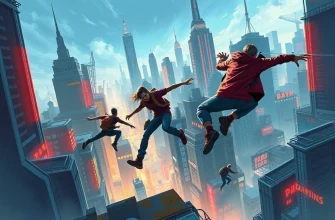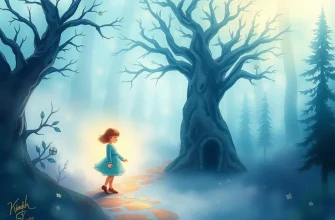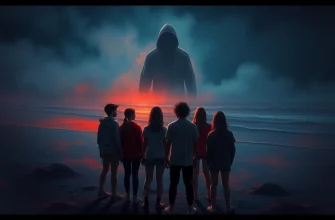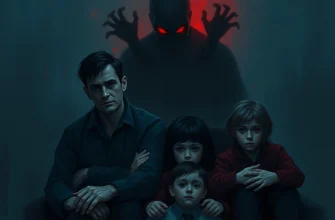Fans von 'Der Shogun - Ein Mann für tausend Frauen' (1968) werden begeistert sein, ähnliche Filme und Serien zu entdecken, die historische Dramen mit starken weiblichen Charakteren verbinden. Dieser Artikel präsentiert 10 Titel, die ähnliche Themen, Atmosphären und Erzählstile wie dieser Klassiker bieten. Tauchen Sie ein in eine Welt voller Intrigen, Machtkämpfe und emotionaler Tiefe!

The Tale of Zatoichi (1962)
Beschreibung: A classic samurai film that delves into the life of a blind swordsman, exploring themes of honor, duty, and the complexities of human nature. The film's focus on personal struggles within a rigid societal structure mirrors the emotional depth and historical context of the reference.
Fakt: The film spawned a long-running series with over 25 sequels and TV adaptations. Zatoichi's character became an iconic figure in Japanese pop culture.
 Jetzt ansehen
Jetzt ansehen

Kagemusha (1980)
Beschreibung: Set in the Sengoku period, this film explores the duality of identity and the burdens of leadership. Its rich visual storytelling and deep philosophical undertones align closely with the thematic and aesthetic qualities of the reference.
Fakt: The film was initially intended to be a smaller project but expanded into a grand epic due to its director's ambition. It won the Palme d'Or at the Cannes Film Festival.
 Jetzt ansehen
Jetzt ansehen

Ran (1985)
Beschreibung: A visually stunning epic that examines the destructive nature of power and familial betrayal. The film's intricate narrative and dramatic intensity resonate with the emotional and thematic depth of the reference.
Fakt: The film's battle scenes were meticulously choreographed and are considered some of the most breathtaking in cinema history. It was inspired by Shakespeare's 'King Lear.'
 Jetzt ansehen
Jetzt ansehen
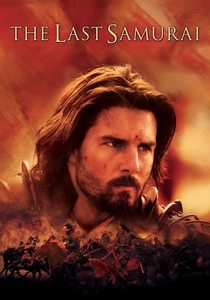
The Last Samurai (2003)
Beschreibung: A Western take on the samurai genre, focusing on cultural clash and personal transformation. The film's exploration of tradition versus modernity resonates with the reference's historical and emotional depth.
Fakt: The film's production involved extensive research into samurai culture and customs. It was partially filmed in New Zealand.
 Jetzt ansehen
Jetzt ansehen

Sword of the Stranger (2007)
Beschreibung: An animated film that captures the essence of samurai ethos through its protagonist's journey of redemption and self-discovery. The film's blend of action and emotional storytelling echoes the reference's narrative style.
Fakt: The film features some of the most fluid and realistic sword-fighting animations in anime. It was produced by Bones, a studio known for high-quality animation.
 Jetzt ansehen
Jetzt ansehen

13 Assassins (2010)
Beschreibung: A gripping tale of revenge and sacrifice, where a group of samurai band together to overthrow a tyrannical lord. The film's focus on loyalty and the cost of justice aligns with the reference's exploration of similar themes.
Fakt: The film's climactic battle sequence lasts for nearly 45 minutes. It is a remake of a 1963 film of the same name.
 Jetzt ansehen
Jetzt ansehen

Hara-Kiri: Death of a Samurai (2011)
Beschreibung: A poignant story of honor and revenge, where a ronin seeks justice for his son-in-law's death. The film's emotional weight and critique of samurai hypocrisy mirror the reference's thematic concerns.
Fakt: The film was the first 3D samurai movie ever made. It premiered at the Cannes Film Festival.
 Jetzt ansehen
Jetzt ansehen

The Twilight Samurai (2002)
Beschreibung: A heartfelt portrayal of a low-ranking samurai balancing duty and family. The film's realistic depiction of samurai life and its emotional resonance align closely with the reference's themes.
Fakt: The film was nominated for an Academy Award for Best Foreign Language Film. It is based on a series of short stories by Shuhei Fujisawa.
 30 Tage kostenlos
30 Tage kostenlos

The Hidden Blade (2004)
Beschreibung: A quiet yet powerful film about a samurai navigating the changing tides of his society. Its focus on personal integrity and the end of an era aligns with the reference's introspective tone.
Fakt: The film is part of a trilogy that explores the lives of samurai during the Meiji Restoration. It was praised for its authentic depiction of samurai life.
 30 Tage kostenlos
30 Tage kostenlos

